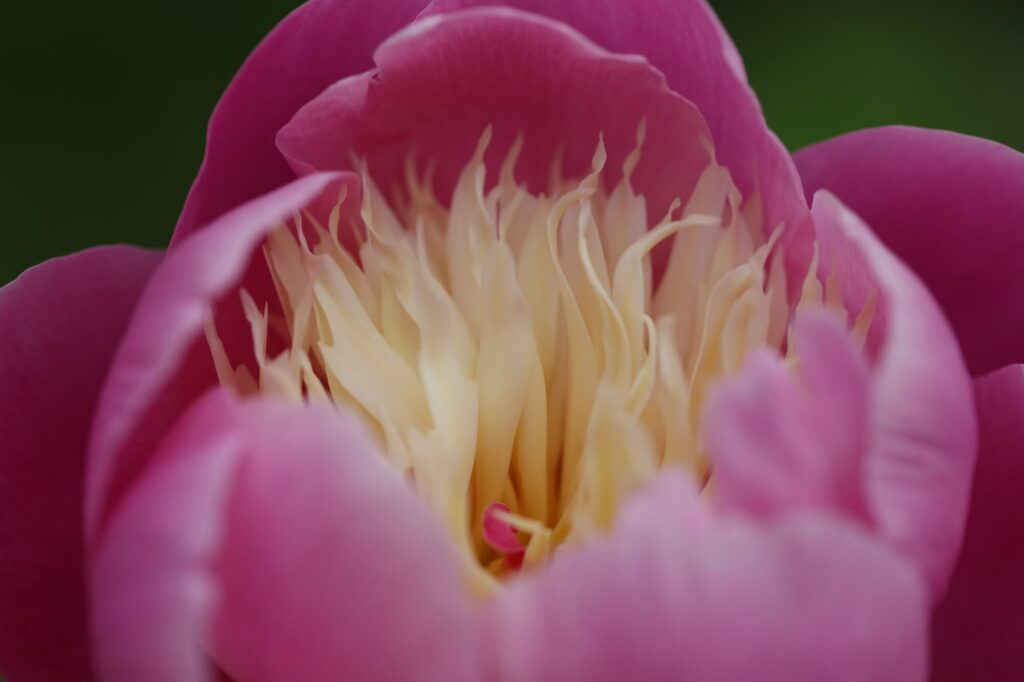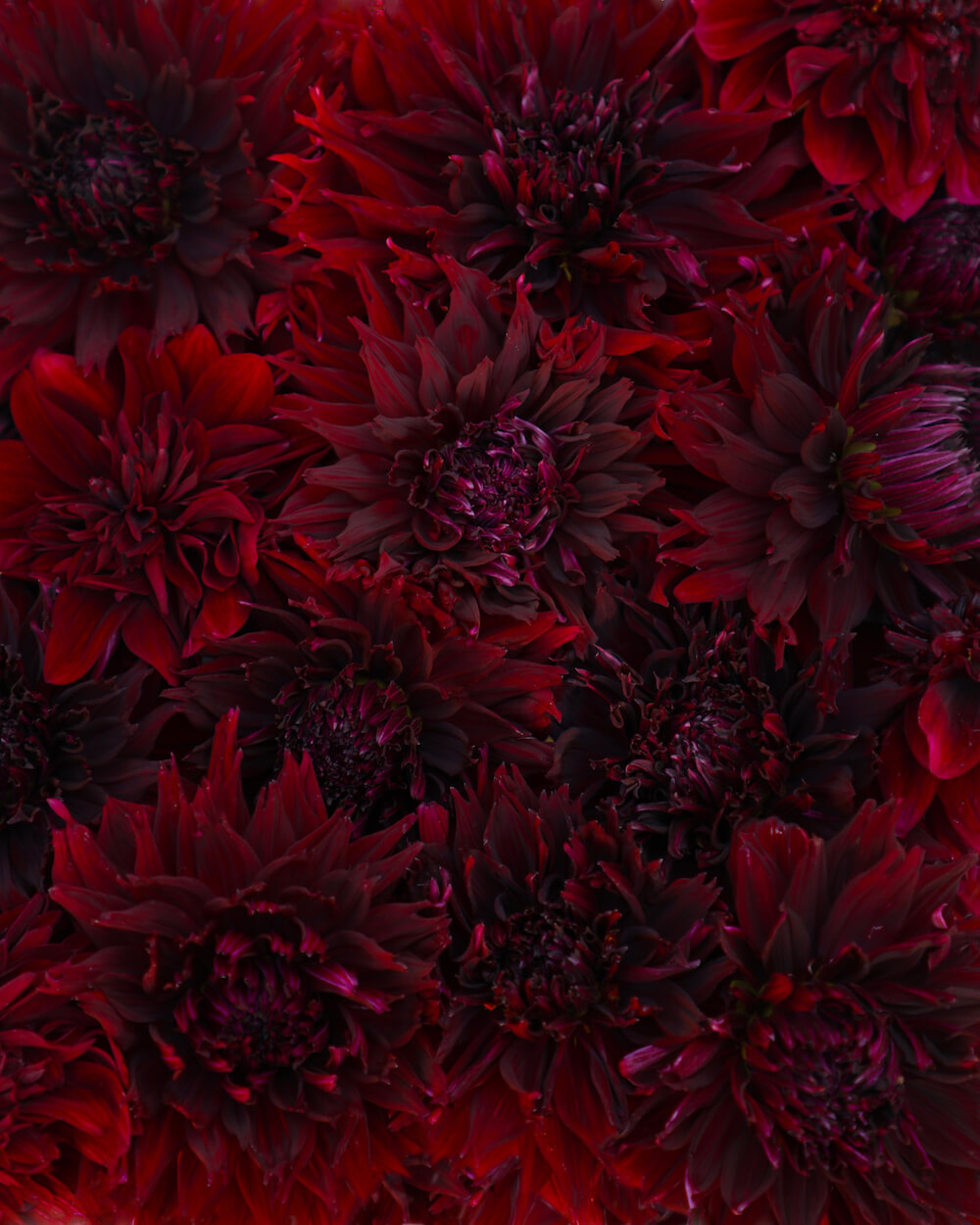
If you follow us on Instagram you will be aware that we love Dahlias around here and have been test growing them and exploring some of what we consider to be the more fleur couture varieties for a few years now. By this we mean those exclusive varieties that would add significantly to our clients gardens, cut flower gardens and upcoming events and occasions.
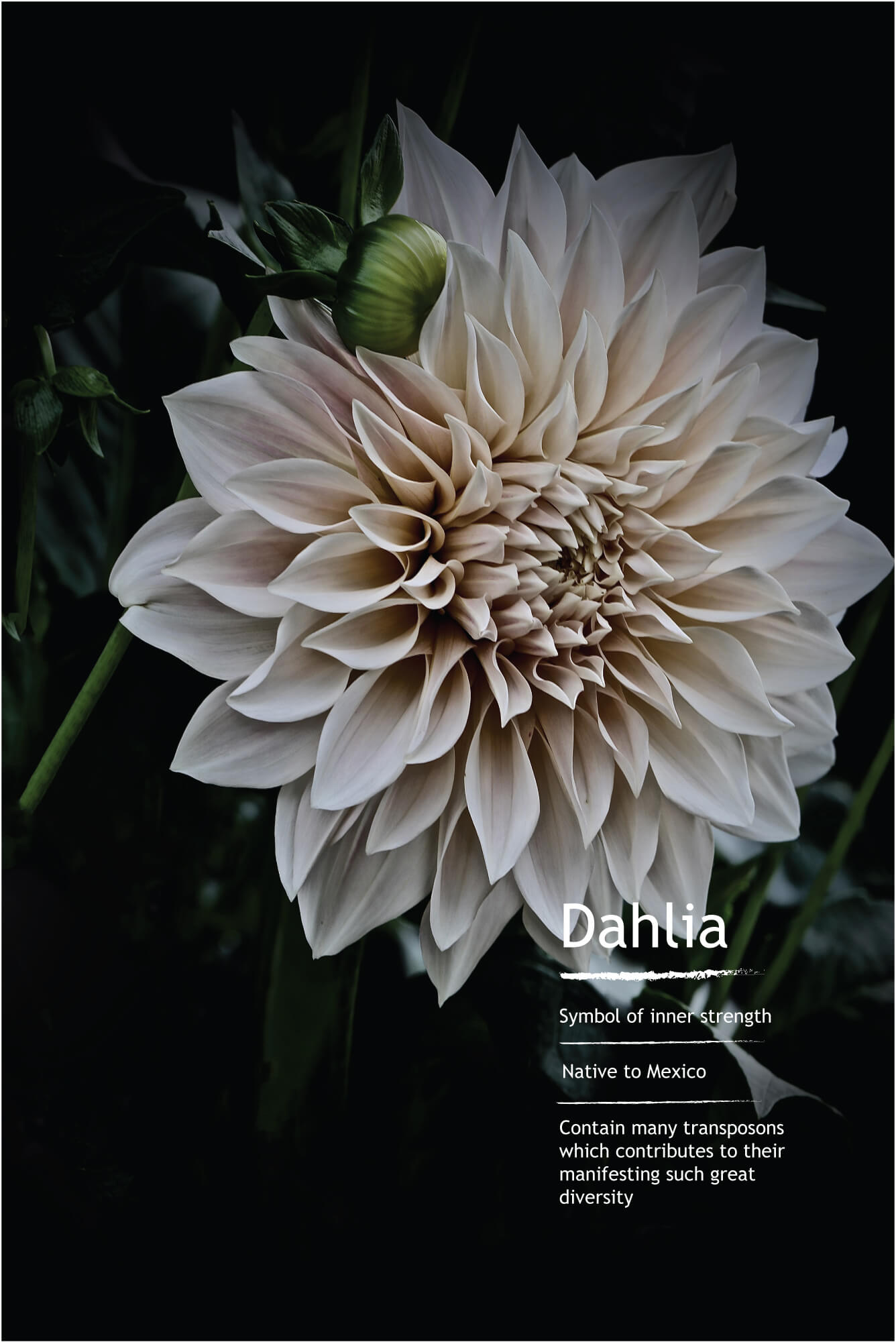
To us, Dahlias epitomise the combination between beauty and brawn and that feels like a good message around the world at the moment. There is a whole chocolate box world of colours, shapes and sizes of Dahlias out there but we have a select favoured few that we grow en masse, and then each year we aim to expand our repertoire and trial potential additions to our collections. Dahlias are experiencing a well deserved renaissance and we believe that for this to be sustained it is essential that floral combinations and cultivars explored are highly selective.

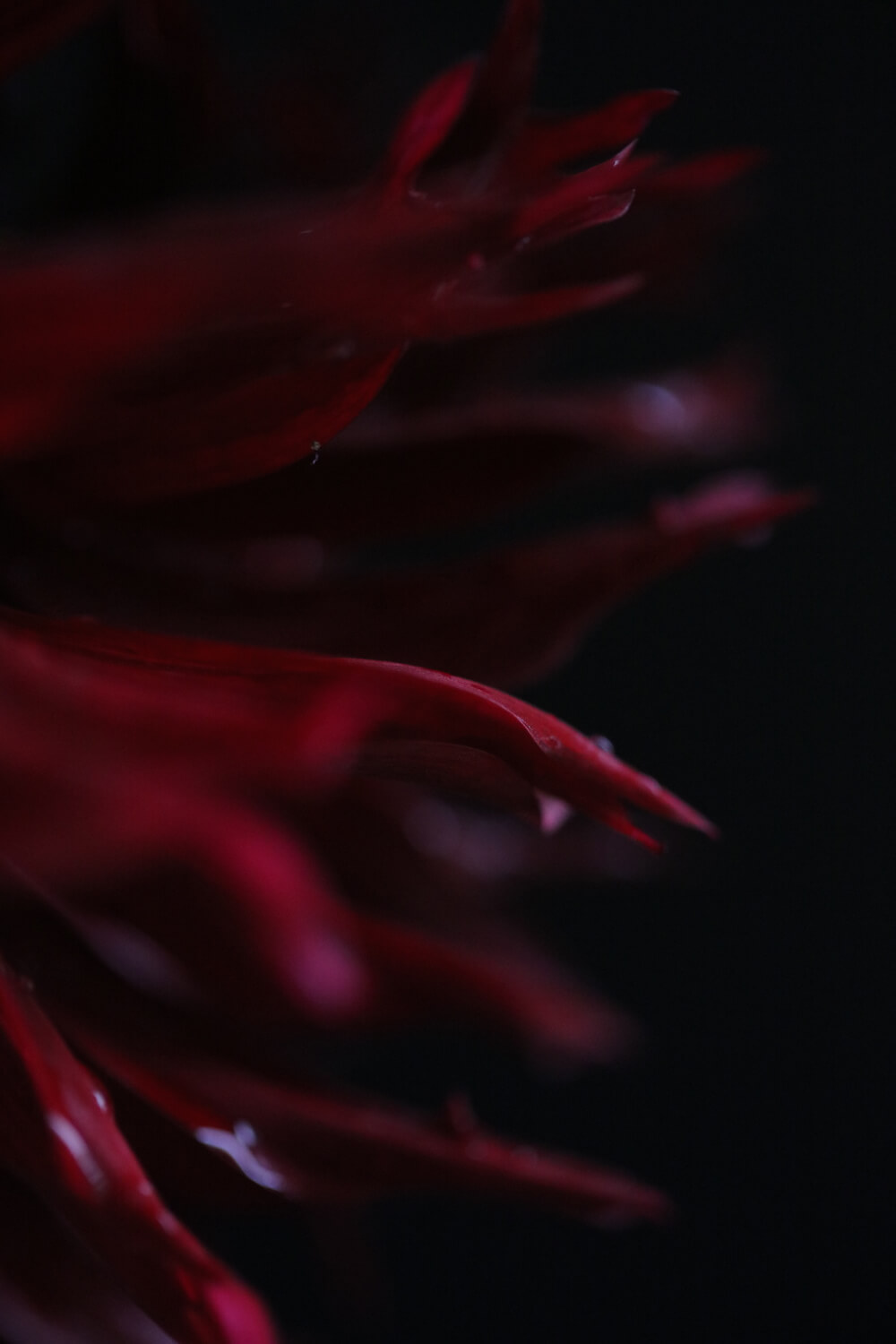
With growing any coveted flower, controversy, conflicting information and subsequent misinformation can surround it. Dahlias certainly can fall in to this camp.
We are not big on ‘how to’ entries on this blog – we feel that there are plenty of resources and people out there who can put it in words and give step by step guides much better than us! But we are here to share messages and our experiences – which we hope to spread. We live in an increasingly digital world, which in turn can intensify our need for tangibility. What we have noticed is that as the Dahlia emerges as a front runner for weddings and events comes the ambiguity for resources and the ‘flack’ that seems to potentially fill any novice with fear. So we are going to break it down to let you know that growing Dahlias here in the UK is definitely not a dark art.

First of all, there are a plethora of types and then many cultivars that fall within each.
Haus of Dahlia
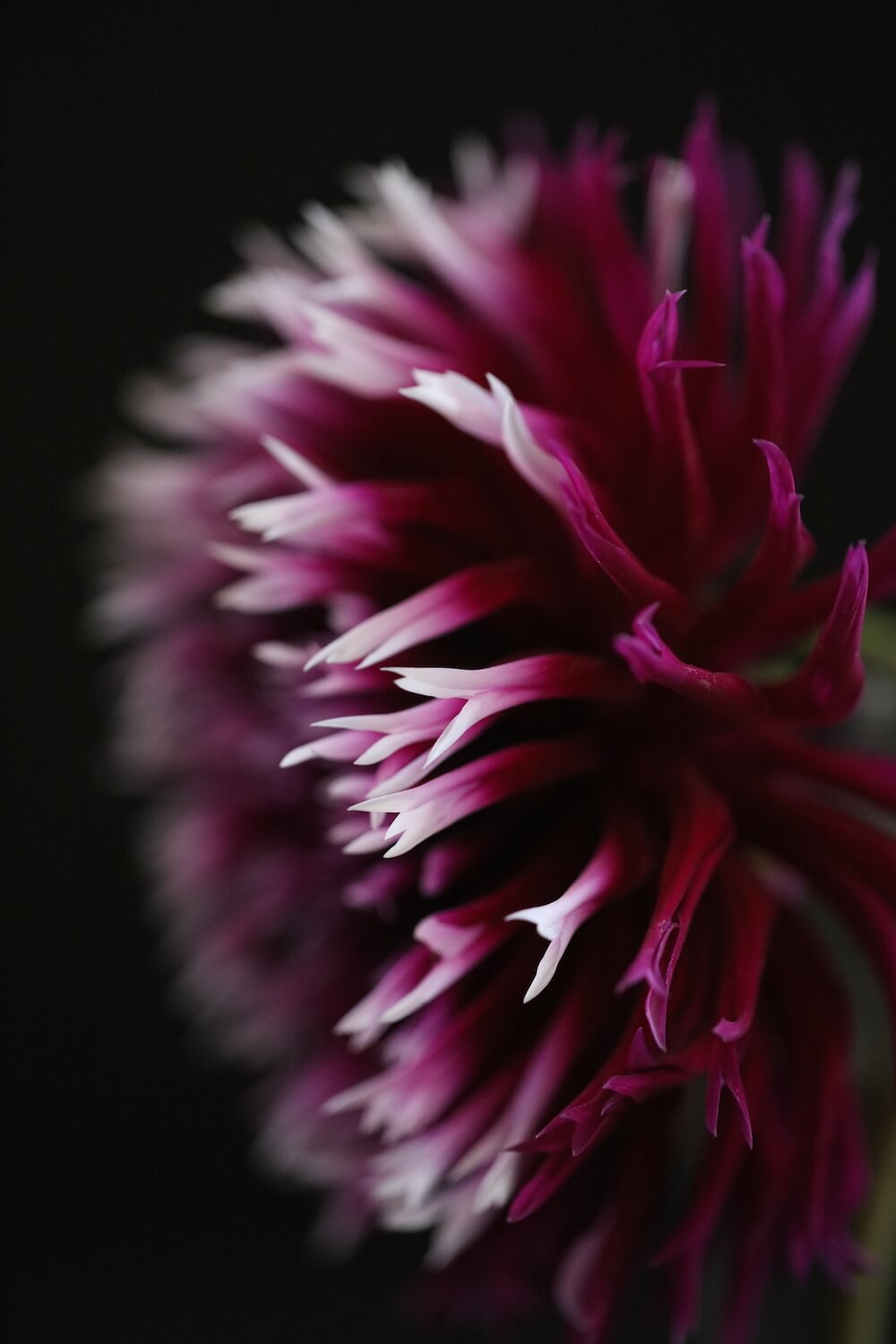
Cactus, Semi-cactus, Dinner plate, Ball, Pompon, Border, Waterlily, Peony, Mignon, Anemone flowered, Decorative and Orchid.

Whatever Haus of Dahlia you gravitate towards, here are some simple principles to follow. These will yield great results from minimal effort, and before you know it you will be filling your home or marking your event / occasion with your very own floral couture.
The pledge
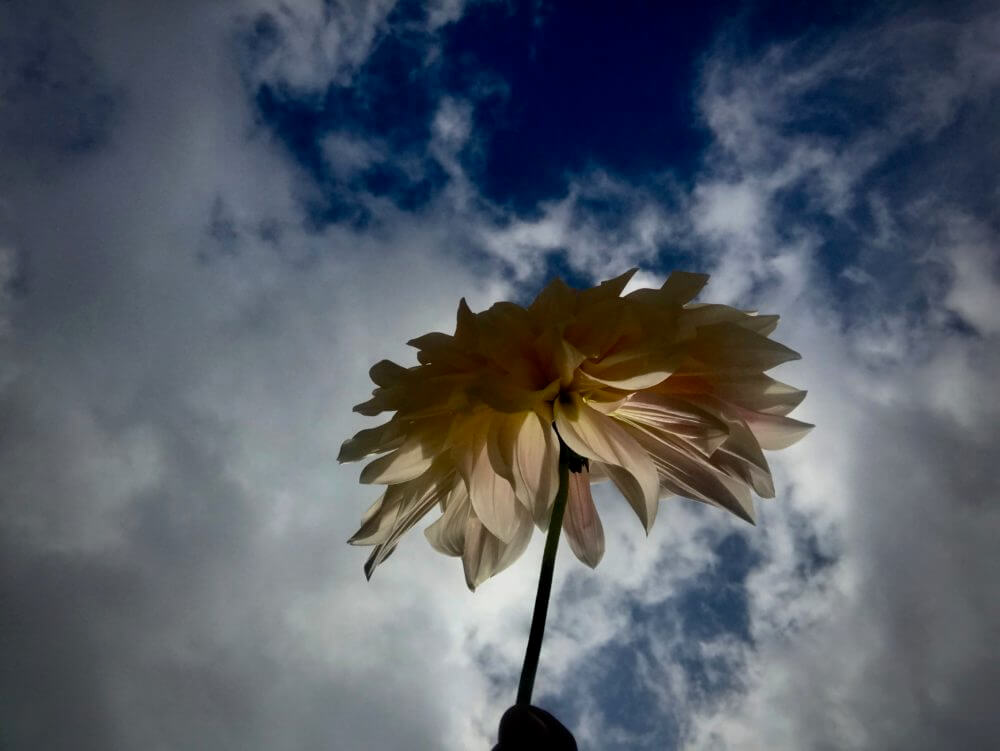
Select your location : Dahlias need full sun.

and a consistent amount of water, so either install a drip system or set your designated area near to a source of water. (Don’t start to water until the first green shoots appear through the soil.)
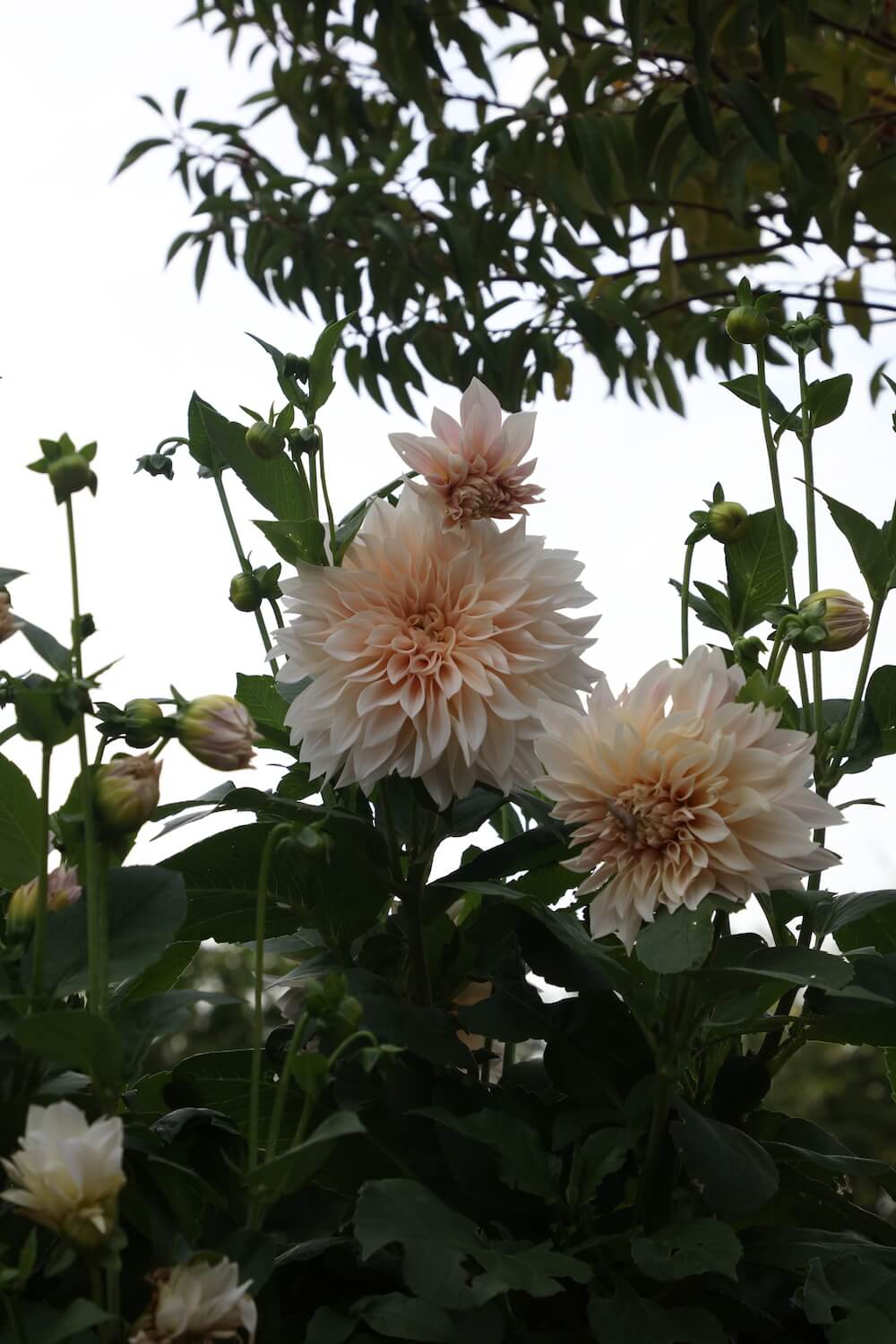
Timing : the main rule of thumb is to plant tubers out after the last frost, then lift and store at the end of the season once the first frost has got to the plants. Maybe don’t plant too many in year 1 of trialling, so if you forget it’s only a minor and cheap error.
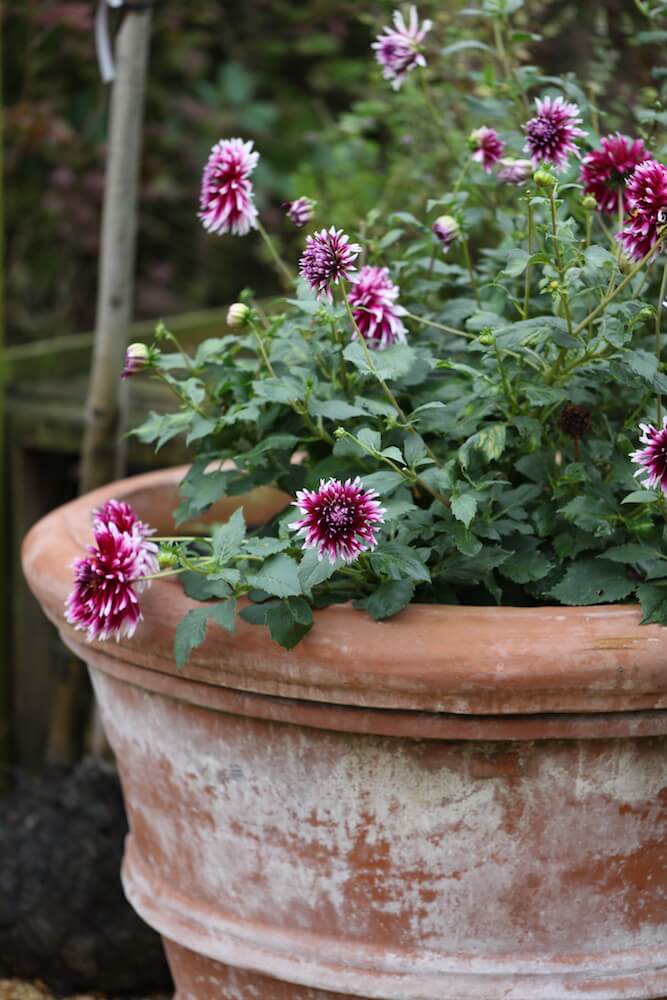
Dependent on scale : prepare your ground or raised border. In urban spaces a giant planter can be used to house your yield.
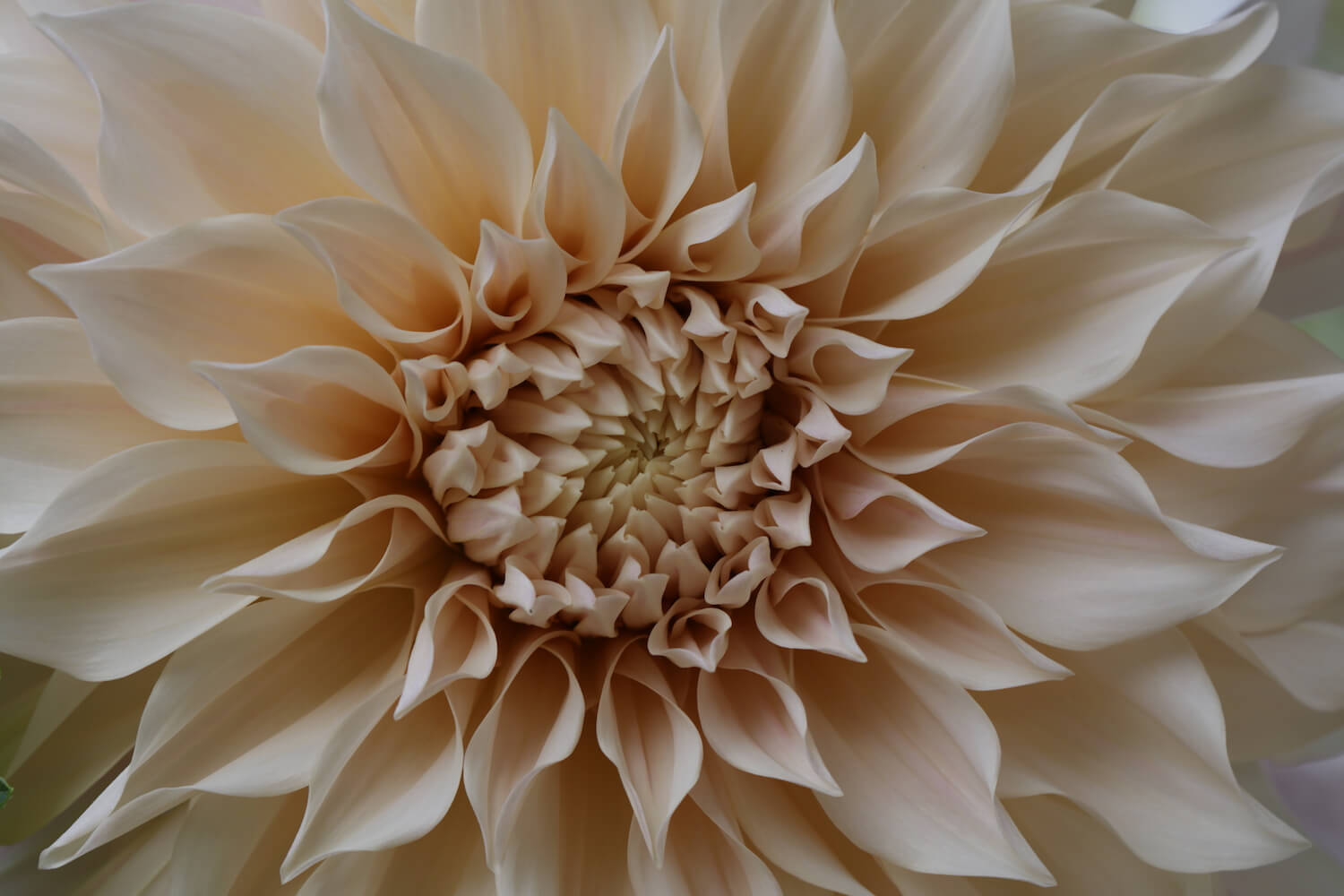
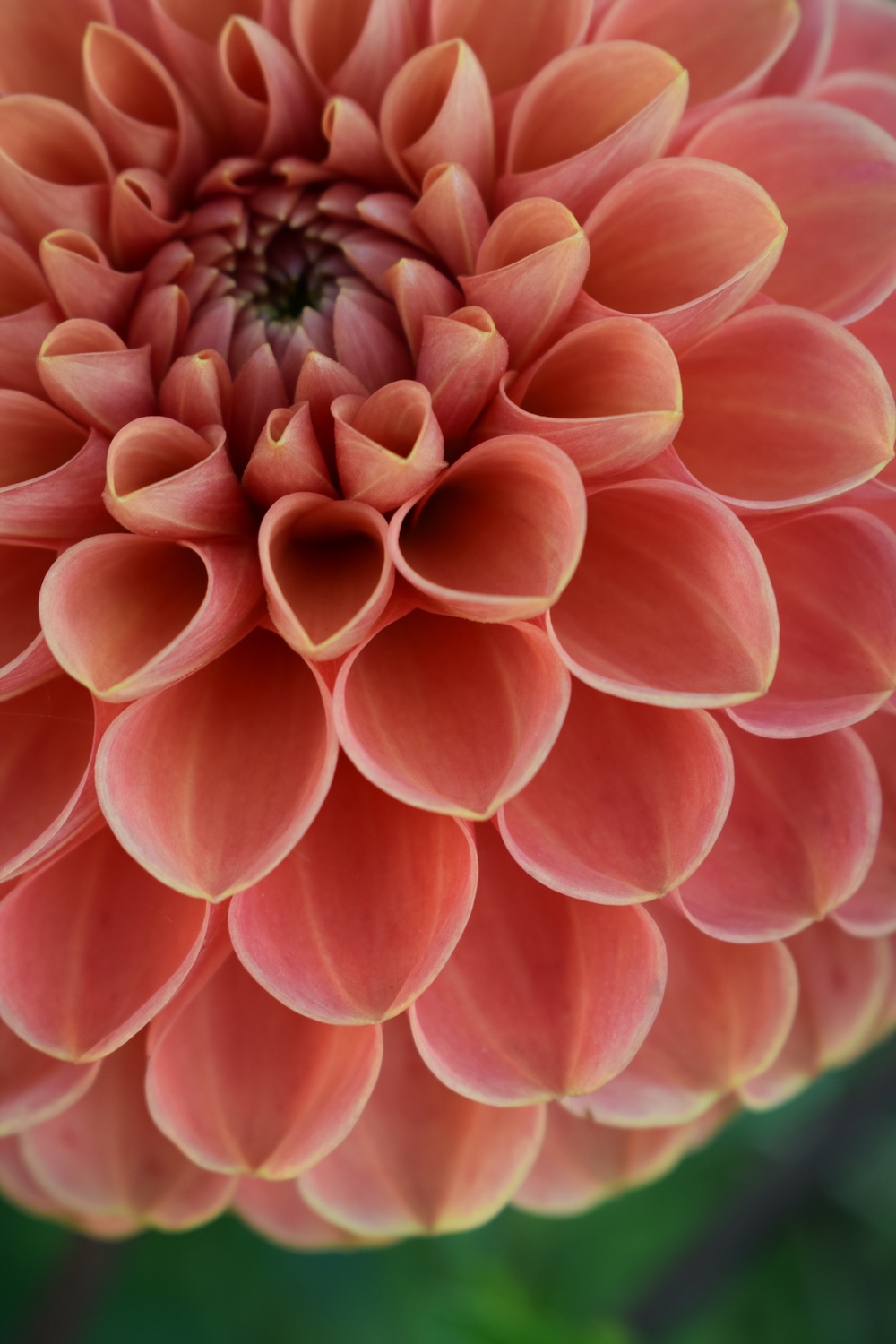
Self supporting : We don’t want to stake our Dahlias so we have always pack planted them. (approx. 15cm apart for individual tubers, and over the years 25cm apart on clumps). We go about 15cm deep too. By crowding the tubers the plants are encouraged to support each other as they grow and this also saves on space. It does not affect the volume of blooms yielded. On record we have had blooms right up until late November. We just skirt all lower growth up to about 15cm to keep good circulation of air flow which helps disease resistance.
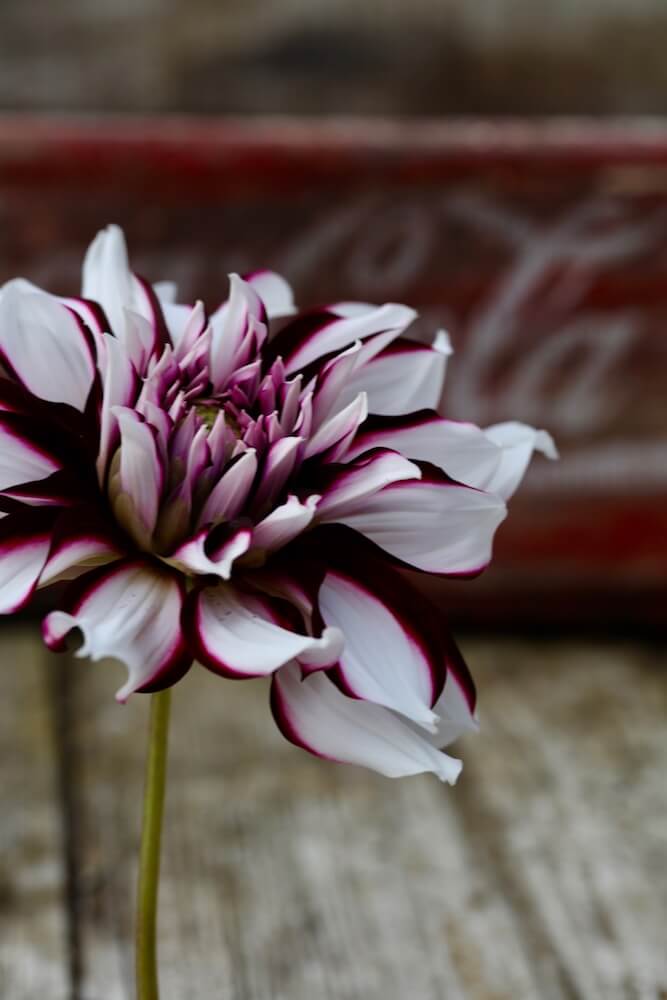
To pinch or not to pinch? If you pinch out around a third from the top of your plants once they reach about 30cm tall this can encourage lower basal branching and promote more flowers, but we don’t do this and instead manage the height and increase our flower production by the way we harvest.
The turn
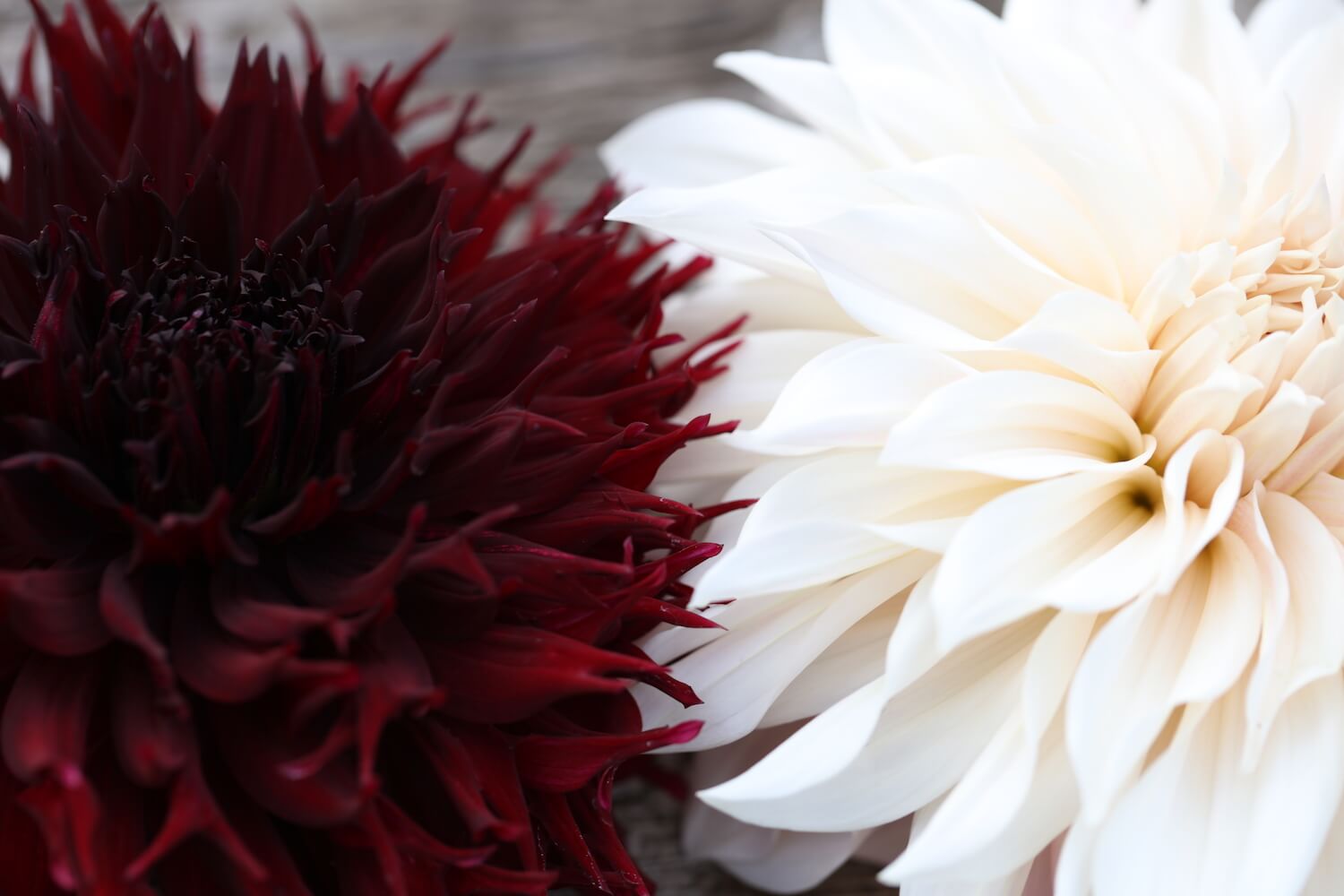
Harvest daily : cut stems as a daily ritual. This is essential.
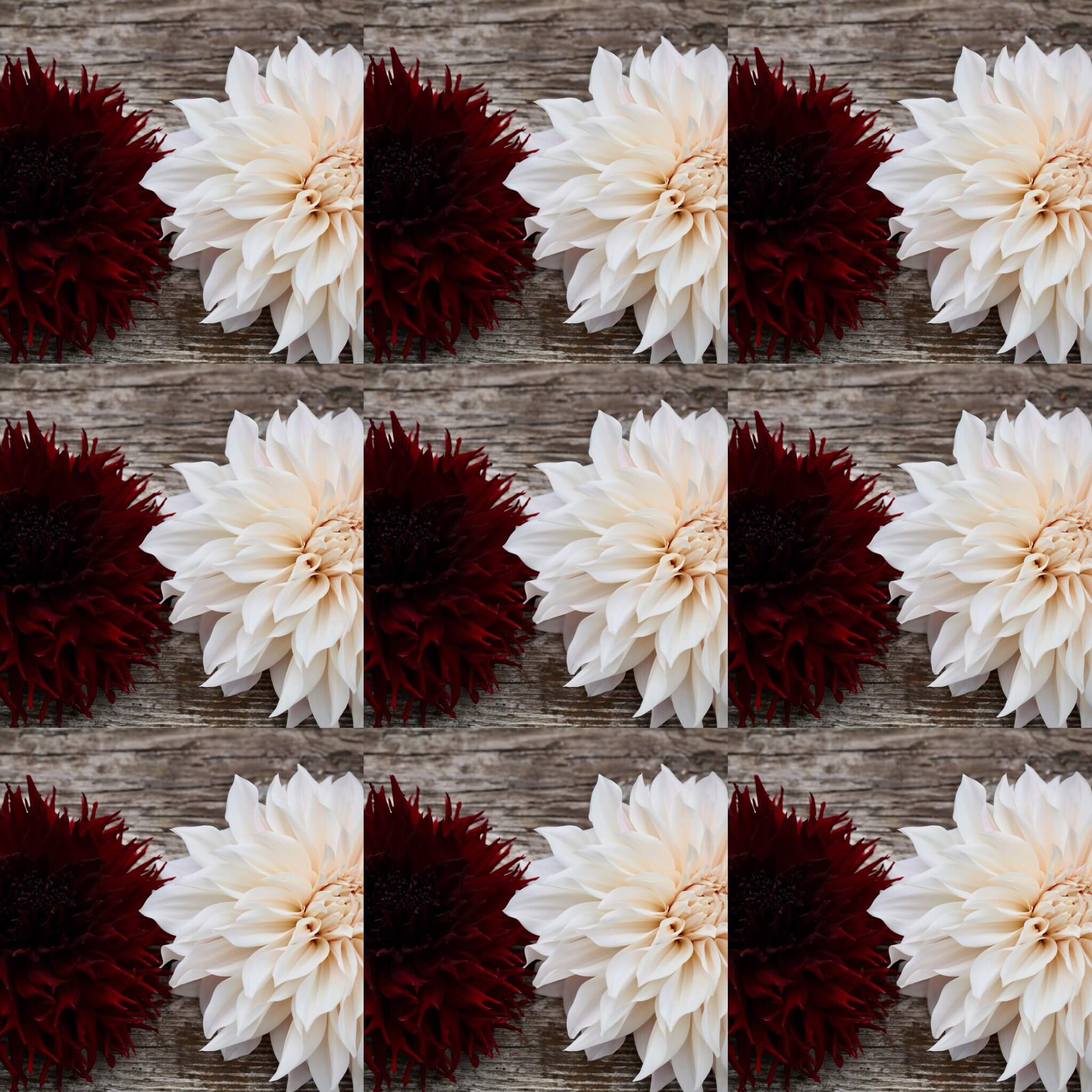
To get long stems we cut the Dahlias right back to one of the main uprights which means sacrificing some buds, but ensures the plants produce more long stems. Now that is a bit of magic.
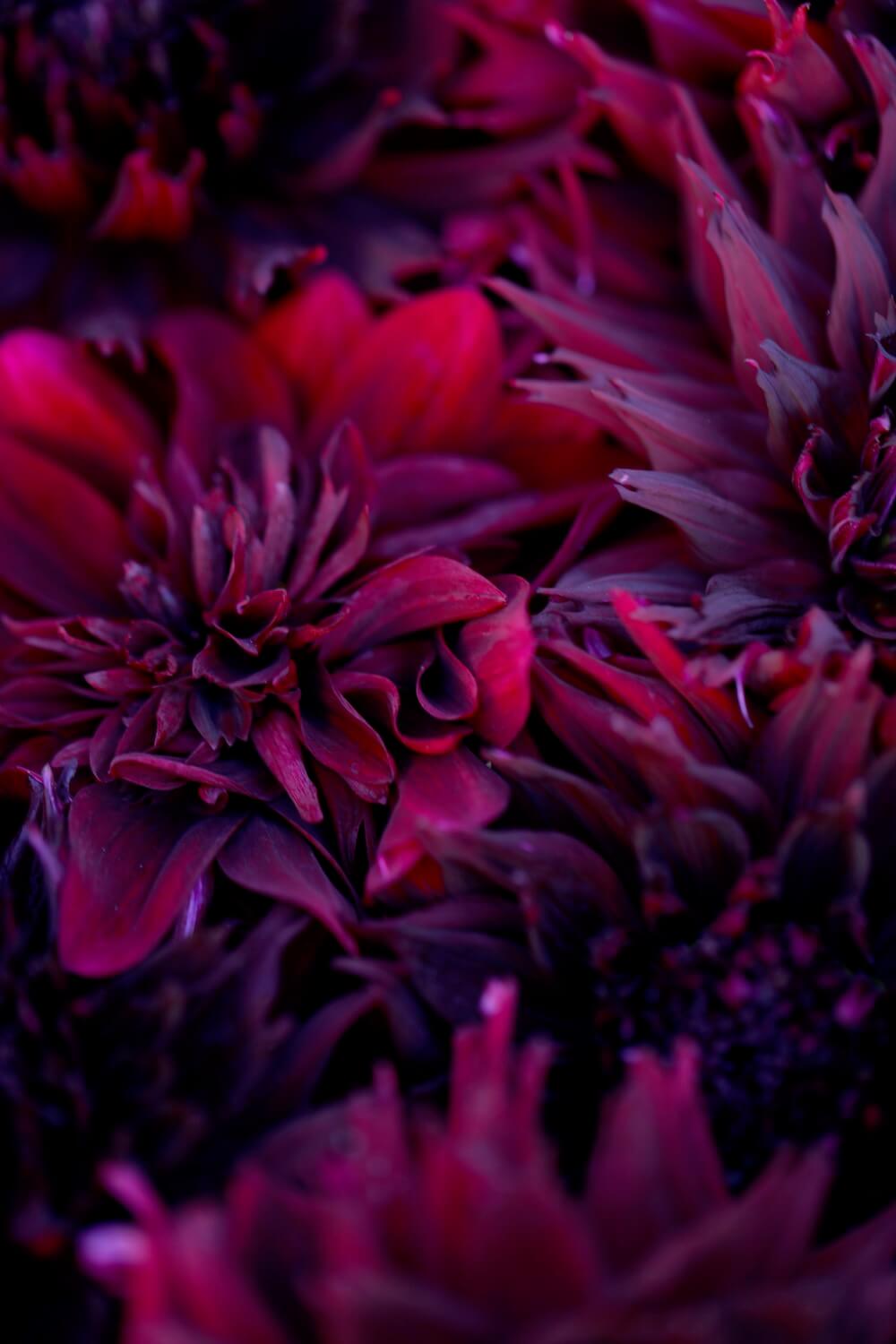
By taking this approach we never leave spent flowers on plants. This combats pests and diseases that Dahlias can fall foul to. Heads can’t soak up rain like sponges and host diseases, nor become cosy homes for pests (namely earwigs). In our arsenal we have one more trick to outsmart antimagic munchers and that is simply vaseline…
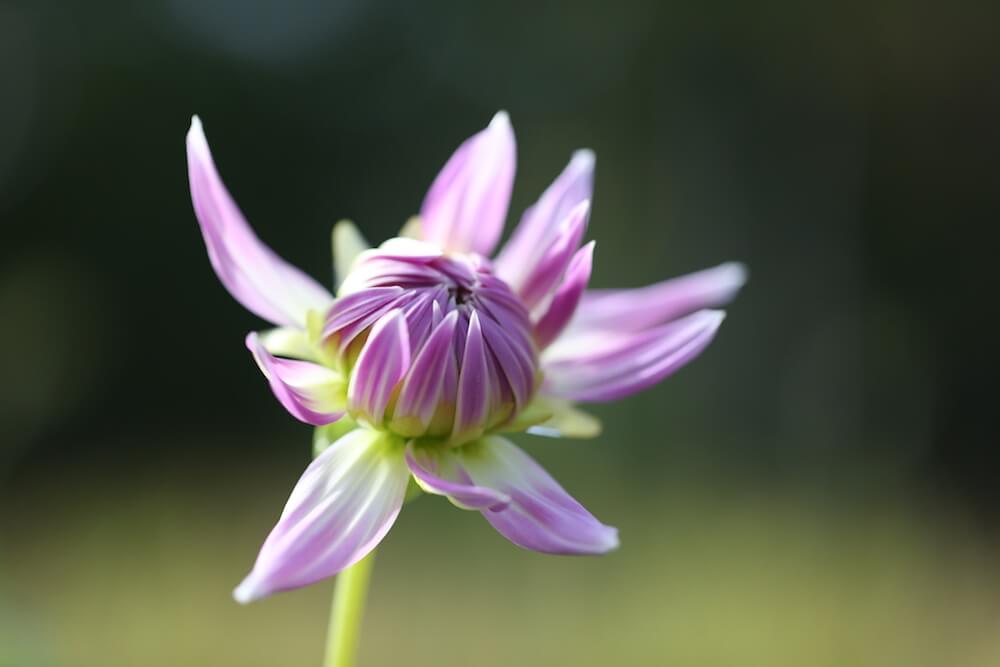
That’s right, smear vaseline under buds, down the stems and slugs, snails and earwigs will just slide right off. Trust us, if you ever experience the utter devastation that just one of these can cause overnight you will see the merits in this odd ritual.

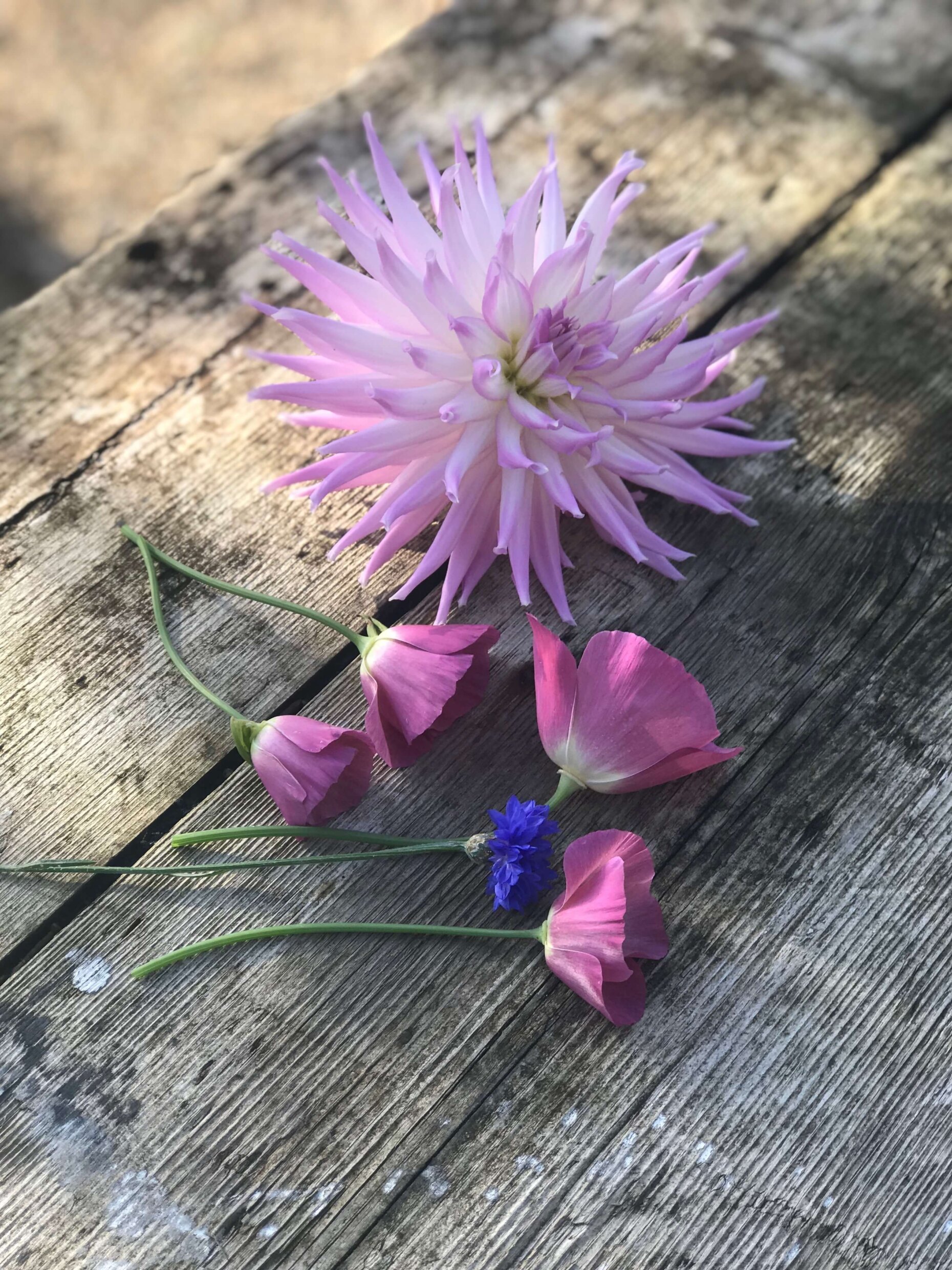
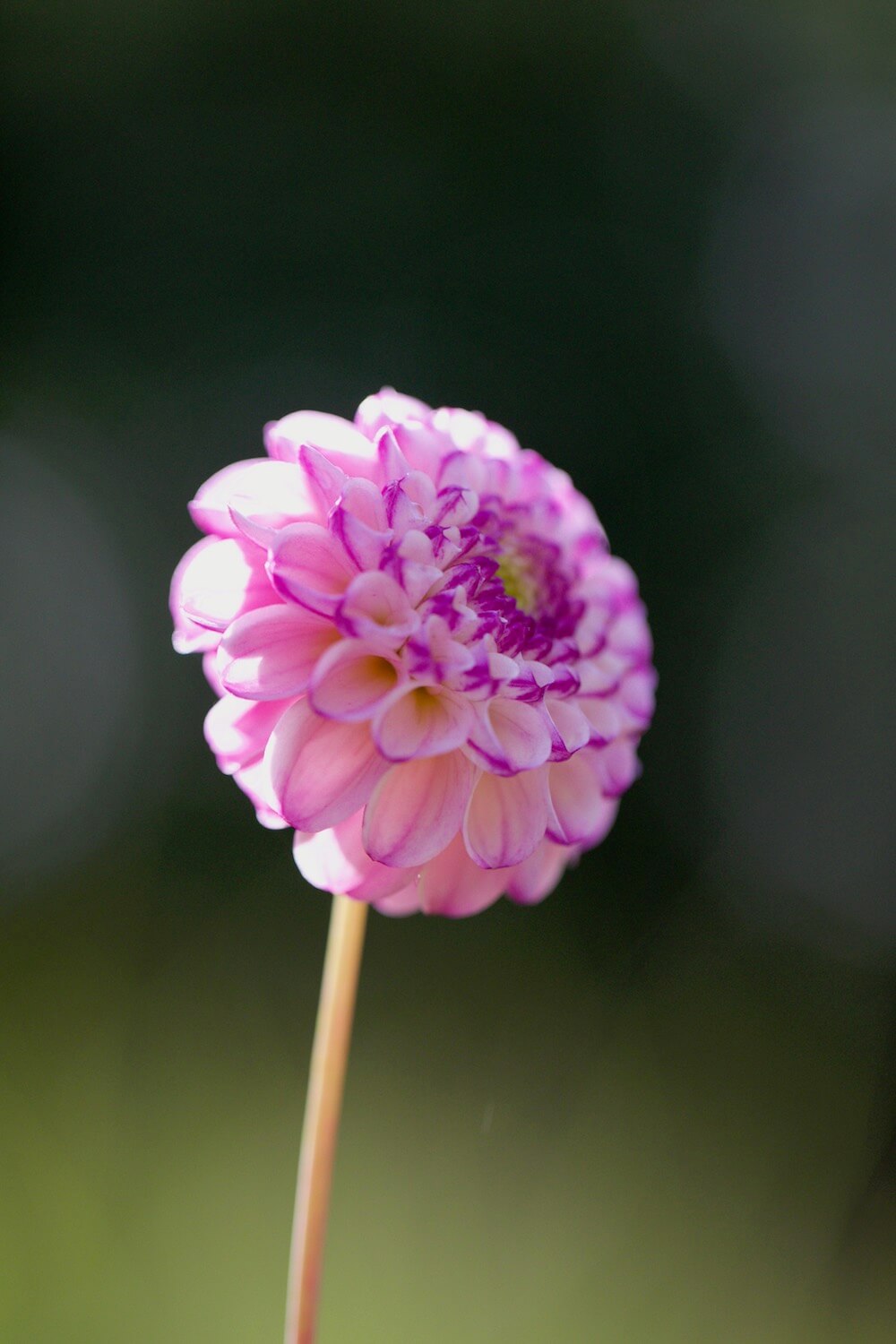
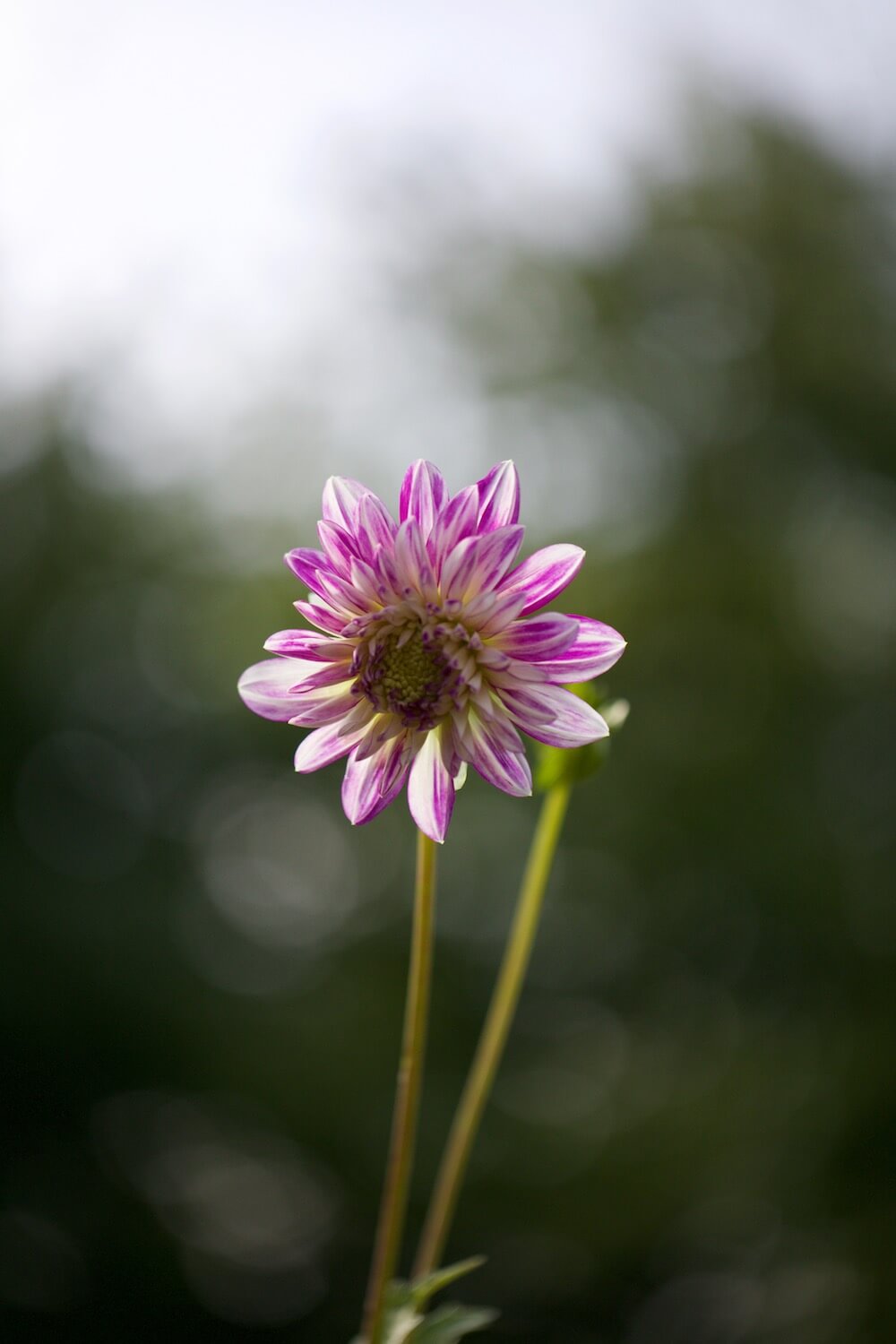
The prestige
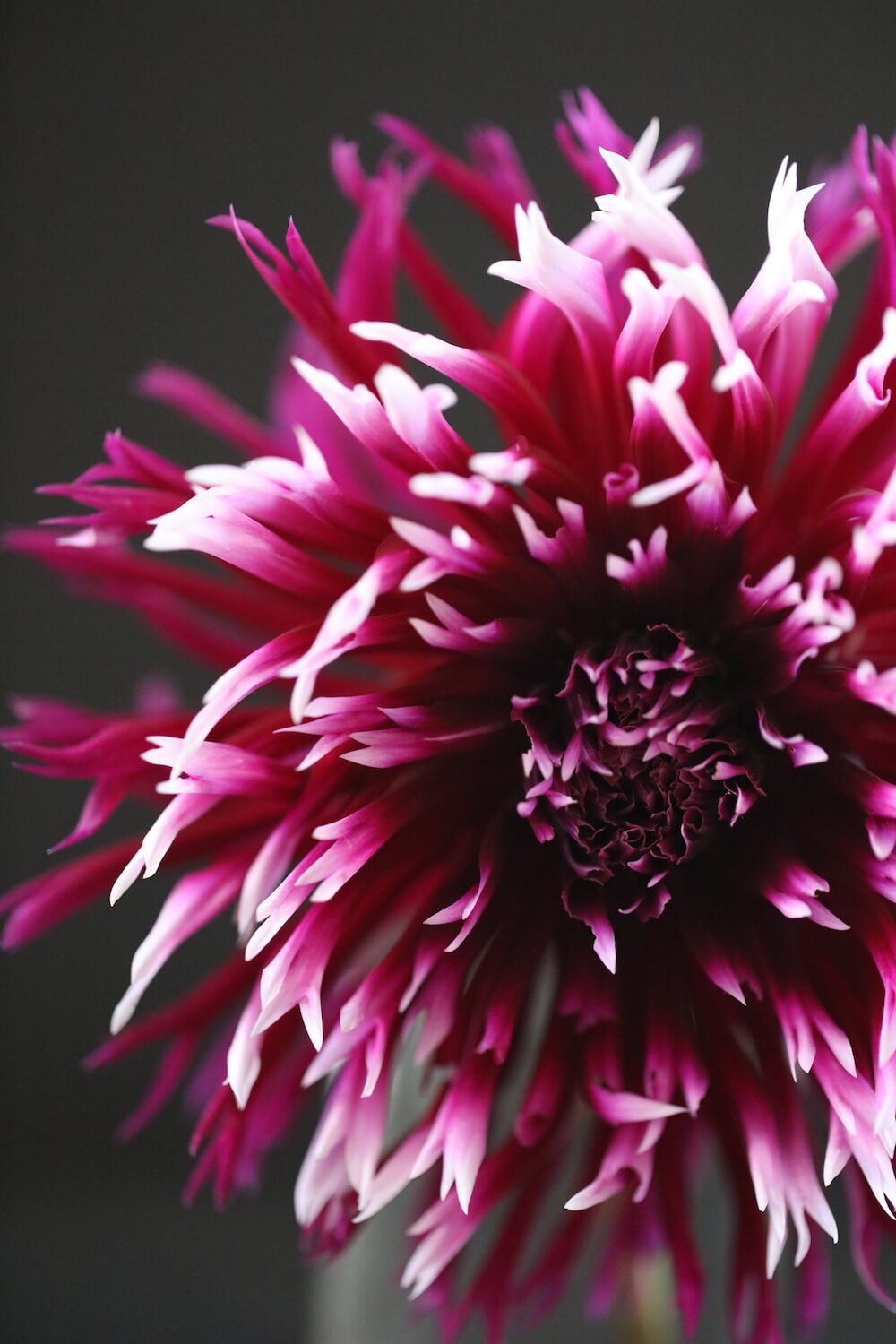
If you follow these guidelines you will have grown extraordinary flowers. You can ensure their return, over and over again, for a long season, only ending in the first frost. Ring out every last bit of shelf life from stems by conditioning your flowers from the moment you cut them. Use sharp secateurs to get the cleanest cut. That way the cut stem can draw up more water and the host plant can heal the cut quicker. Have clean harvesting buckets at hand with cool water to plunge stems straight in to.
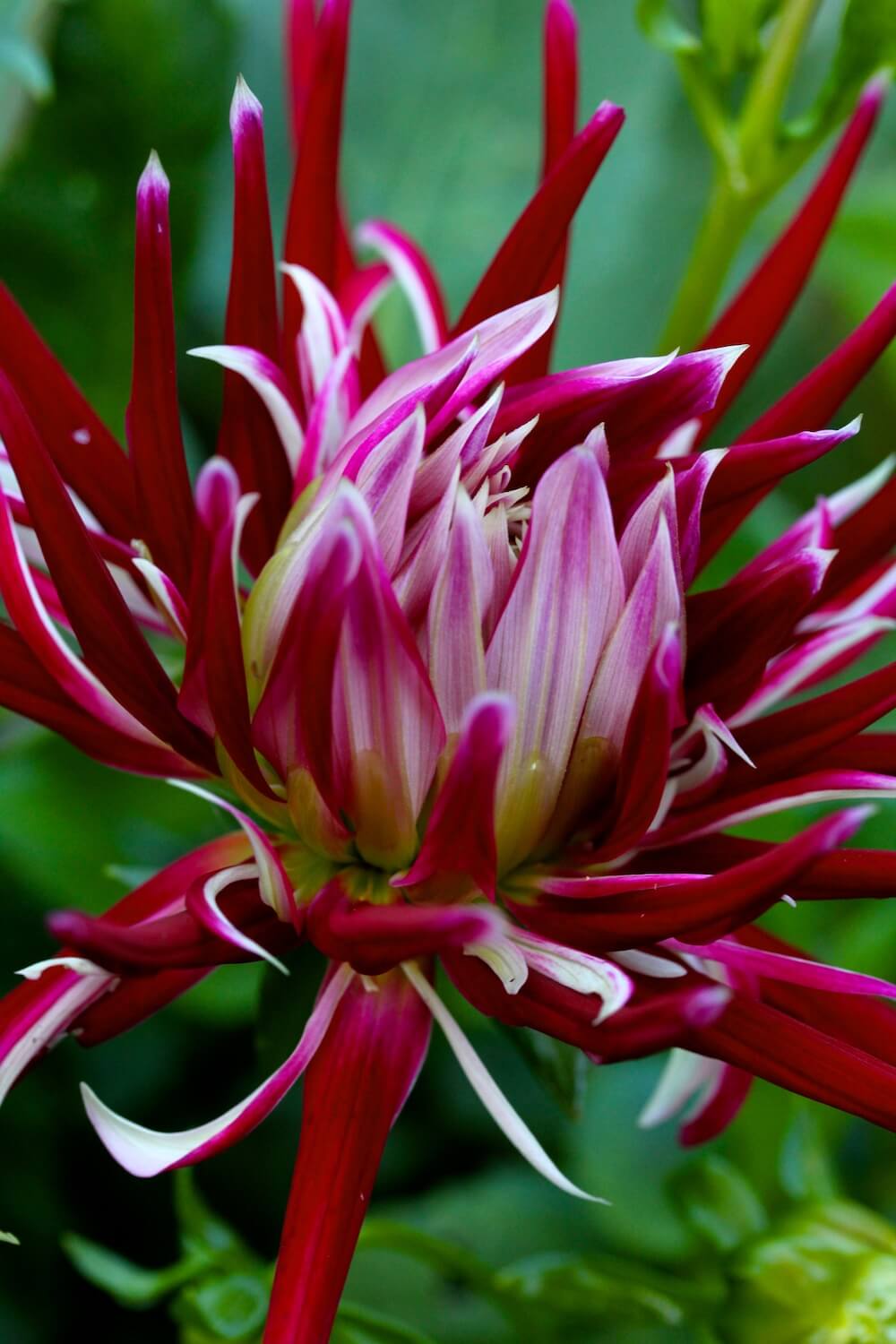
Sit flowers in a cool dark place for an hour before arranging or setting out in vessels.
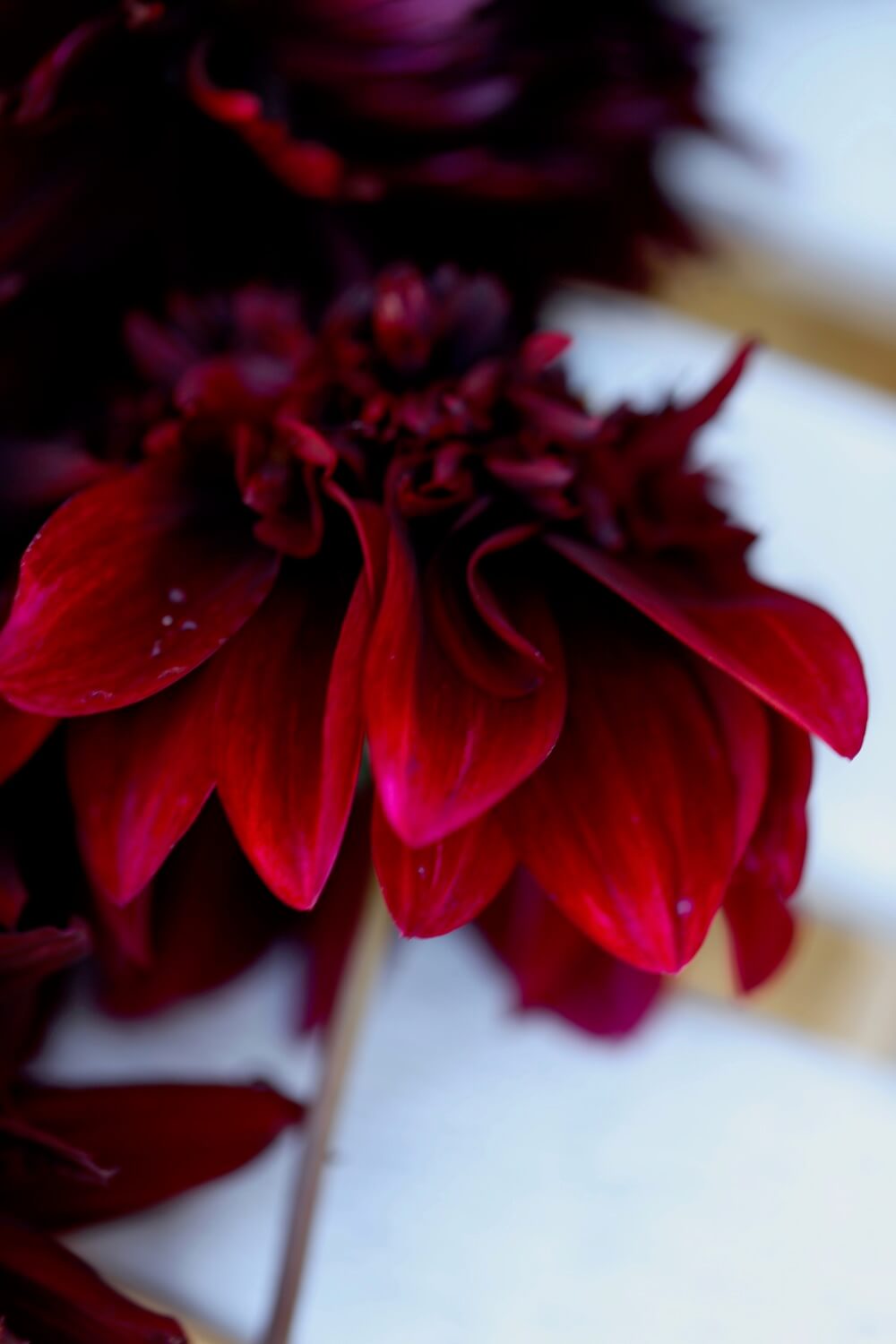
Be diligent : scrupulously clean equipment, buckets, vessels and carrier trugs then you will have defiantly long lasting cut flowers.
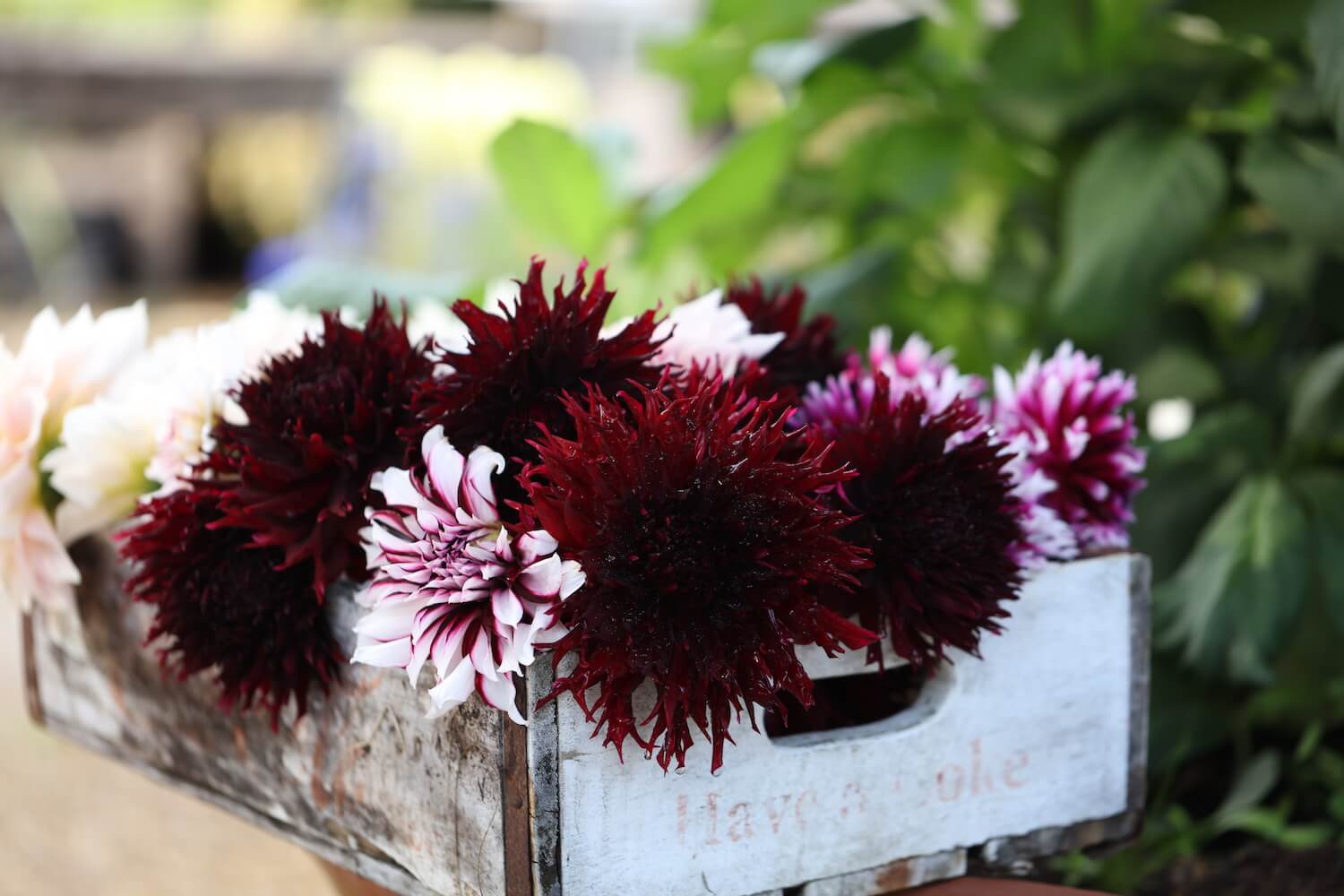
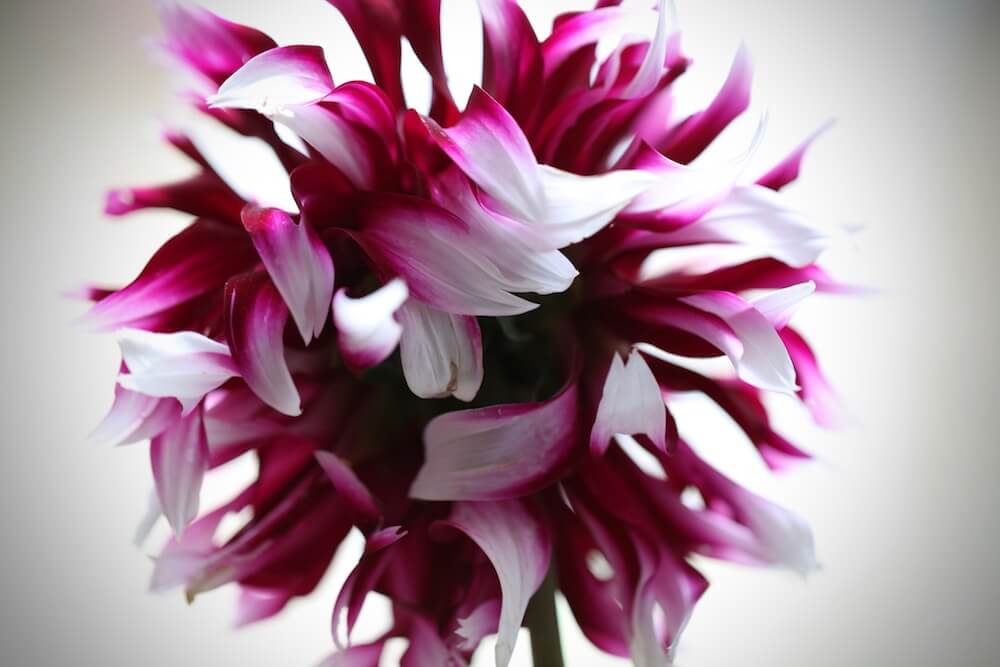
We hope that you will dabble with Dahlias this year. When the time comes to order we will give you an update. Details of our Capsule Collection for 2019 coming soon.
